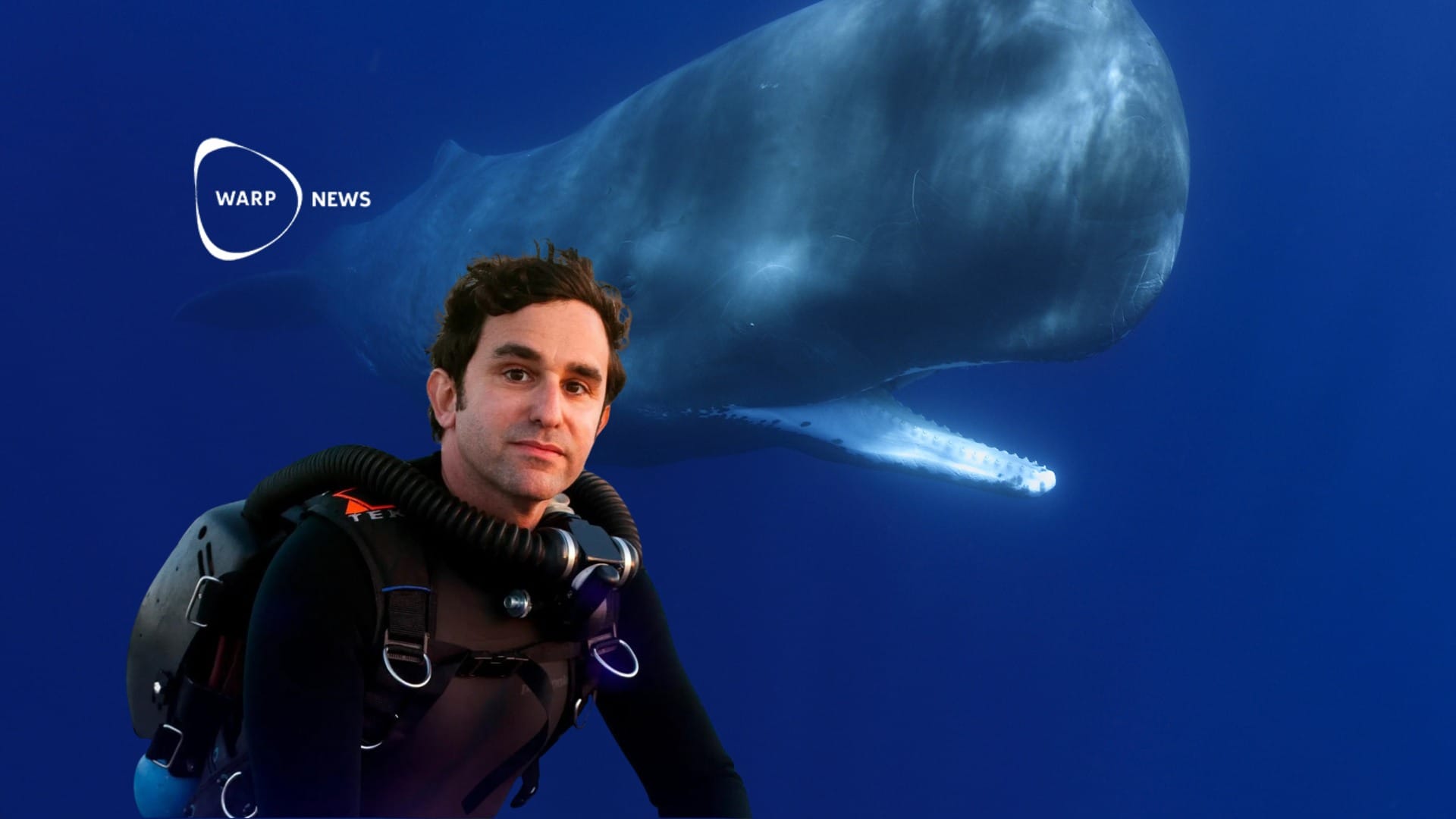
🔬 Faster cancer diagnoses with AI microscope
A microscope equipped with AR and AI should relieve doctors by making a quick initial cancer diagnosis.
Share this story!
The faster a patient can get a correct cancer diagnosis, the faster the right treatment can be initiated, which can drastically increase the chance of survival. Now the US military has just started using a new kind of microscope that will help doctors quickly get a diagnosis .
To succeed, researchers in the Warfighter Health project have built a microscope that uses both Augmented Reality, AR, and AI.
It works by placing a biopsy of a suspected tumor in the microscope. The AI part investigates whether there is anything that looks like cancer cells. Then the AR part marks where in the image the AI thinks there are cancer cells.
The doctor thus gets a picture that shows exactly where there may be cancer cells, how high the probability is that it really is cancer, what type of cancer it is and how serious the cancer is.
- When pathologists begin their shift, they will already, as a result of the AI's ability, have a number of cases identified as cancer. So instead of grazing a queue without any special order, the pathologist now knows directly which samples are most urgent and which are probably pure routine examinations, says Major Scott McKeither, Mission Manager at Warfighter Health.
The US military is investing in this technology because they want to be able to make quick diagnoses even in places where there is a shortage of specialists. These may be aircraft carriers or bases in conflict zones.
From months to days
Here it can take weeks or months before it is possible to send samples to a laboratory for analysis. Something that Warfighter Health Mission Chief Hassan Tetteh himself experienced when he worked as a doctor on an aircraft carrier.
- It was not uncommon for the samples we sent out to turn out to be early cancer. You can imagine how a long delay can affect the ability to treat the cancer optimally, he says.
Now it is possible instead to send up the images in the cloud and let pathologists on the other side of the globe make the diagnosis in hours or days.
So far, only the US military is using the microscope. Of course, the technology works just as well for civilians and could provide faster diagnoses in many areas where pathologists have too much to do.
By becoming a premium supporter, you help in the creation and sharing of fact-based optimistic news all over the world.


